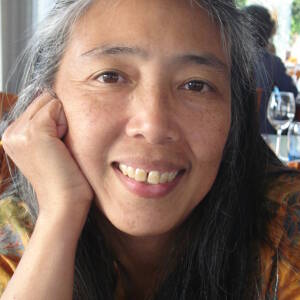Windmill 'De Korenaer'/'Prins Maurits', Loosduinen
'De Korenaer' ('Ko-ruh-naar') was the original name, most likely used for the very first mill built on this spot sometime in 1310. We'll never know how that looked like but I don't think it looked like this. In 1569, that windmill had to be demolished, and Prince Maurits ('Maaw-rits') had another built in 1595. A North Sea storm in 1720 destroyed that second one. This latest one was constructed the very next year, 1721, so it is exactly 300 years old this year.
'Loosduinen' = 'LOWS-dye-nen' with a twist of 'u', so somewhere between 'Lows-dye-nen' and 'Lows-dauw-nen'. Takes some practice. It's actually a part of Den Haag, or, in English, The Hague (and not 'The Hag' :D)) ) 'Haag' actually means 'hedge', and the full name of the city is (hold breath) -- 's-Gravenhage = 'sGrah-vun-haa-guh'. Just join the 's' to the 'G'. It's short for 'des Gravenhage', or 'the hedge of the count'. The old province Holland used to be one unit (now you have North and South Holland) and it was under the jurisdiction of a count. The first real Count of Holland was a certain Floris II. At least he was the first count to use that title. Actually, his roots lie in the northern province of Friesland, the title passed from father to son, but I guess he permanently moved west and decided that that was it. Long story spanning some centuries. Building a hedge, if there was one, could have been a way of marking the boundaries of his estate.
Another fabulous summer's day! When I got back, passed by Hornbach to get myself a 5-meter-long extension cord so that I can organize the cables crossing the floor in my little corner (my little desk is behind the door and I want to keep it there, so I will use another outlet for my laptop, lamp, etc.), then the supermarket for some errands. A quiet evening and then the Burgundians before we fell asleep.

Comments
Sign in or get an account to comment.


